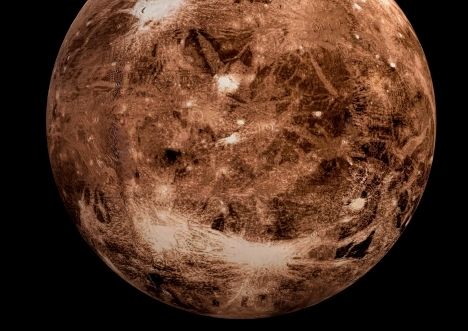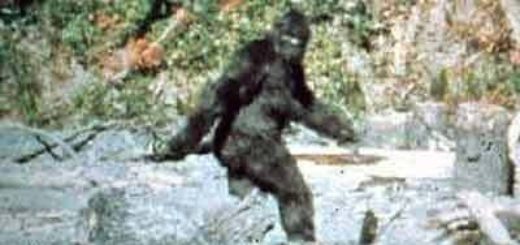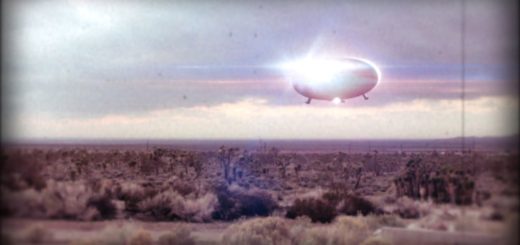Who discovered Pluto?

PLUTO was classed as a planet for three quarters of a century before it was famously stripped of the title in 2006.
But who discovered the icy world, and how did they do it?
Who discovered Pluto?
Pluto was discovered at around 4pm on February 18, 1930 by American astronomer Clyde Tombaugh.
The then 24-year-old had spent every night for months looking at photographic plates of the night sky at Lowell Observatory in Arizona.
At that time, technology wasn’t advanced enough to see how big Pluto was, or to notice the other bodies beyond Neptune.
According to Nasa: “Clyde Tombaugh’s job was to photograph one small piece of the night sky at a time.
“He then had to carefully examine and compare the photos in an effort to detect an unidentified moving point of light that might be a planet.
“Tombaugh photographed 65 per cent of the sky and spent thousands of hours examining photographs of the night sky.
“After ten months of very hard work, sometimes working through the night in an unheated dome, Tombaugh discovered an object he named Pluto.”
The astronomer was fascinated with the stars from a young age and discovered Pluto before he had even attended college.
Tombaugh died at the age of ninety on January 17, 1997.
Is Pluto a planet?
No, Pluto is not currently classed as a planet. It is a minor, or dwarf, planet.
Pluto used to be the ninth planet in our solar system until the International Astronomical Union created a new system for classifying space objects in 2006.
It set out three characteristics that define a planet:
The object must have an established orbit around the sun
The object must have a strong enough field of gravity to make it “round-ish”
The object must have a gravitational pull strong enough to “clear the neighbourhood” around its orbit.
Pluto failed on the third point.
Unlike Earth and the other eight large planets, Pluto has not cleared its surrounding wider area of any other large objects.
However, many astronomers were not happy about the decision to reclassify Pluto and the debate about its planetary status has rumbled on.
In 2017 a new idea was put forward, where a planet could be any round object in space smaller than a star.
This would reclassify many moons as planets, including Earth’s moon, and all the dwarf planets.
Where is Pluto?
Pluto is in the same solar system as the Earth, but much further out, beyond the farthest planet from the sun, Neptune.
It is around 3.7 billion miles from the sun, and one of many minor planets beyond Neptune’s orbit, called trans-Neptunian objects.
Pluto is also in the Kuiper belt, a collection of hundreds of thousands of icy minor planets and asteroids orbiting the sun out beyond Neptune.
Astronomers began to notice these far-out frozen objects in 1992, and they include Sedna Namaka, Hydra, Nyx, Styx, Kerberos, and Makemake, as well as Pluto.
How far is Pluto from Earth?
Pluto is between 4.67 billion miles and 2.66 billion miles from Earth.
Its distance from Earth changes because both planets move around the sun in elliptically-shaped orbits.
Pluto is so far away it took great technological advances such as the Hubble telescope before we could see it properly.
NASA’s New Horizons mission provided valuable high-resolution pictures, when it flew past Pluto in 2015.
How big is Pluto?
Pluto is about one-sixth the width of Earth, at just 1,420 miles in diameter.
It is far smaller even than Earth’s moon, and 30 times smaller than Mercury, the smallest planet in our solar system.
New Horizons identified Pluto as the largest object in the Kuiper belt and, crucially, larger than Eris.
Charon is the largest of Pluto’s five moons, and is half the size of Pluto, so they are sometimes together called the double planet.
New Horizons showed Pluto not only to be larger than previously thought, but to have a thicker atmosphere and to be more geologically dynamic.
Pluto’s surface has broad plains and valleys, several kilometre-high mountain ranges, even volcanos.
The range of chemicals and colours found on Pluto differentiates it from others in the Kuiper belt, and some regions of Pluto appear new whereas others are very old.



 Creators of mankind
Creators of mankind Description of “Tall white aliens”
Description of “Tall white aliens” Where they came from?
Where they came from? About hostile civilizations
About hostile civilizations The war for the Earth
The war for the Earth “Tall white aliens” about eternal life
“Tall white aliens” about eternal life Video: “Nordic aliens”
Video: “Nordic aliens” Aliens
Aliens Alien encounters
Alien encounters The aliens base
The aliens base UFO
UFO Technology UFO
Technology UFO Underground civilization
Underground civilization Ancient alien artifacts
Ancient alien artifacts Military and UFO
Military and UFO Mysteries and hypotheses
Mysteries and hypotheses Scientific facts
Scientific facts


















